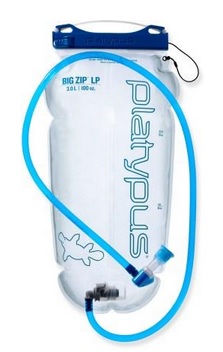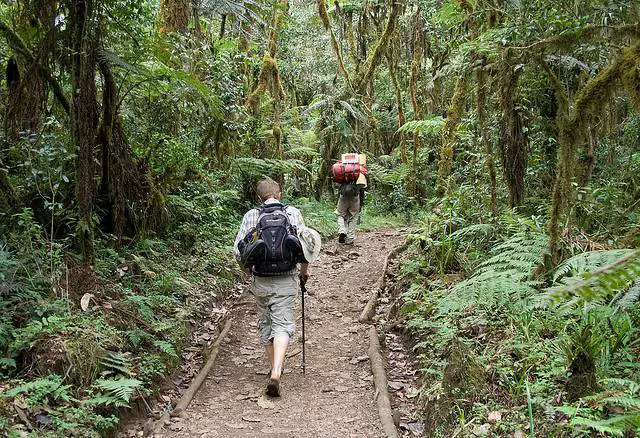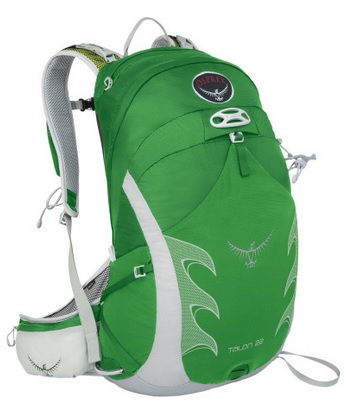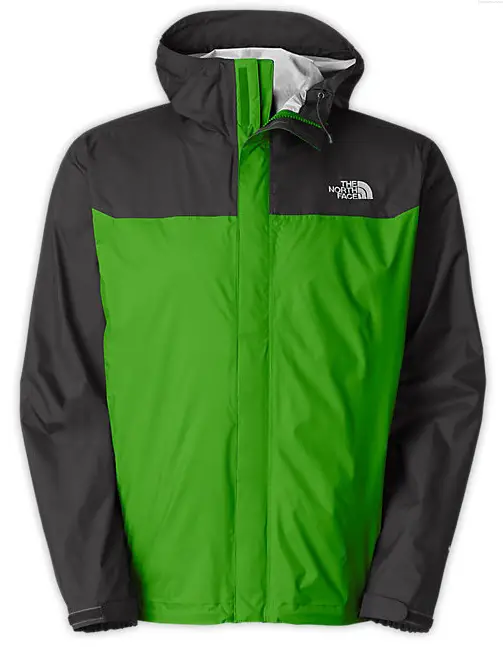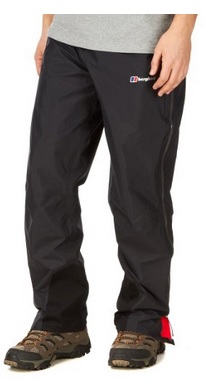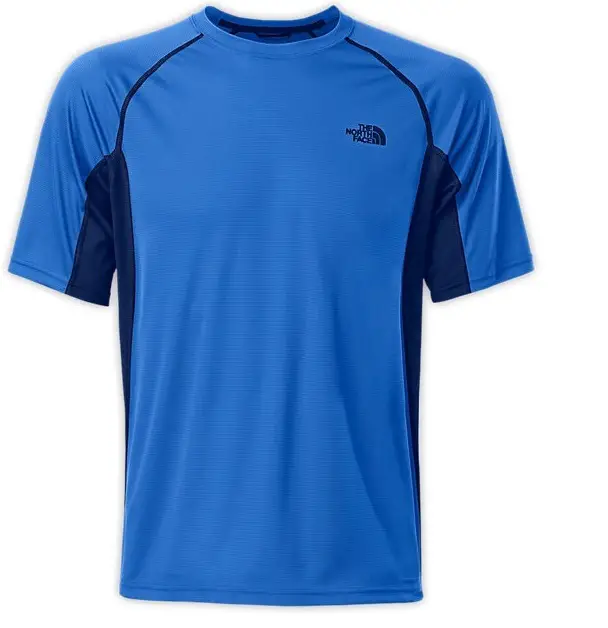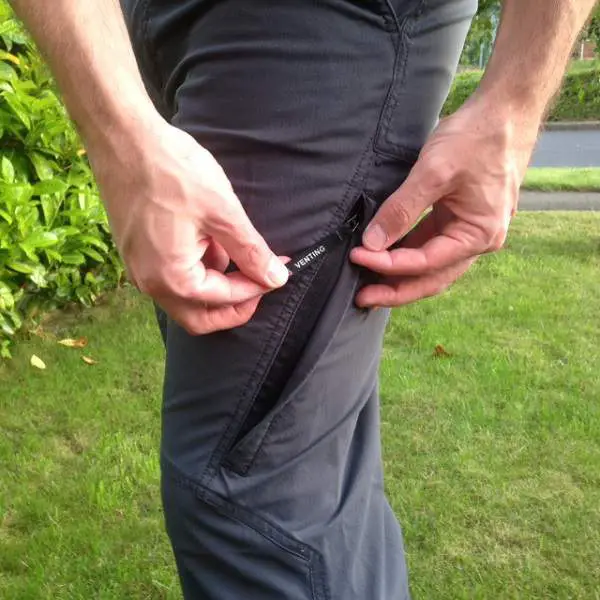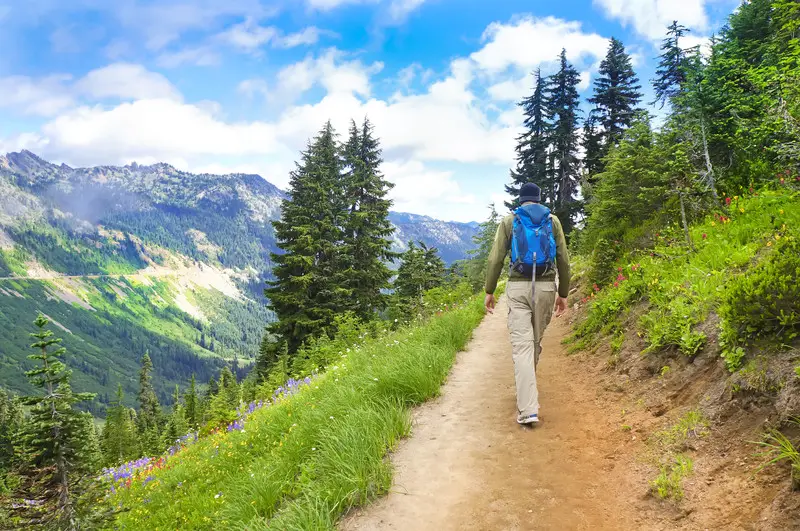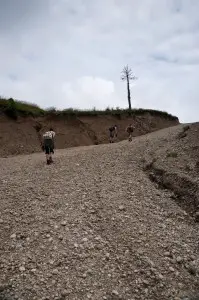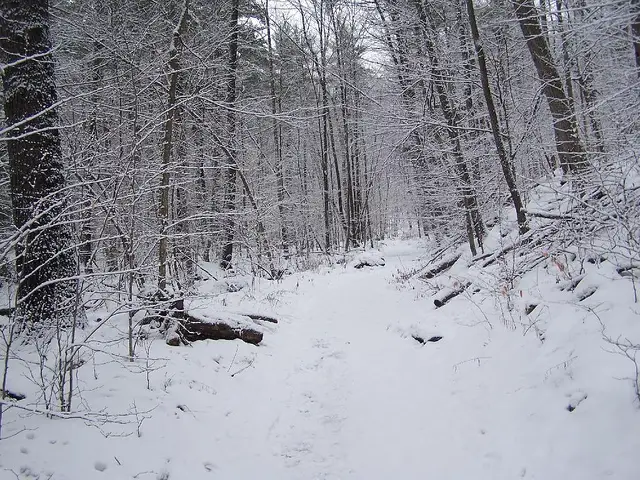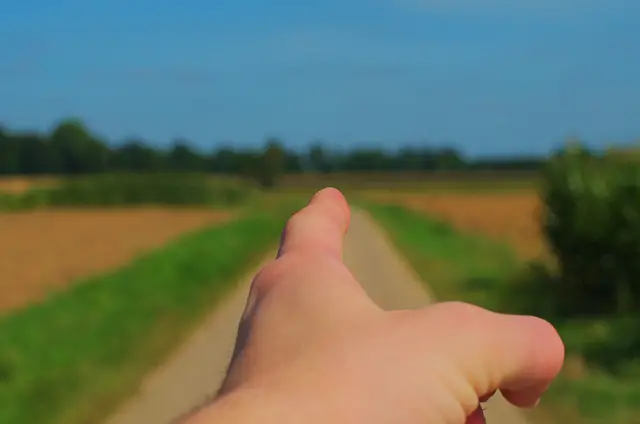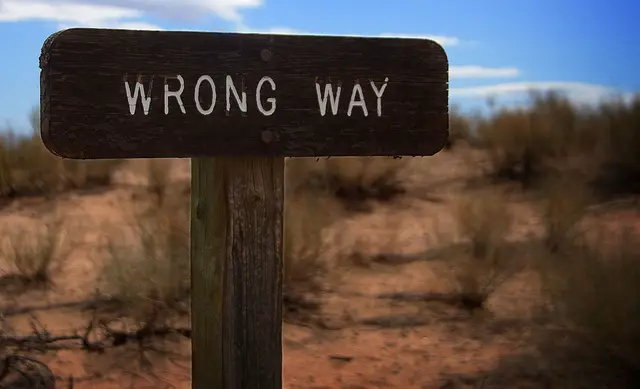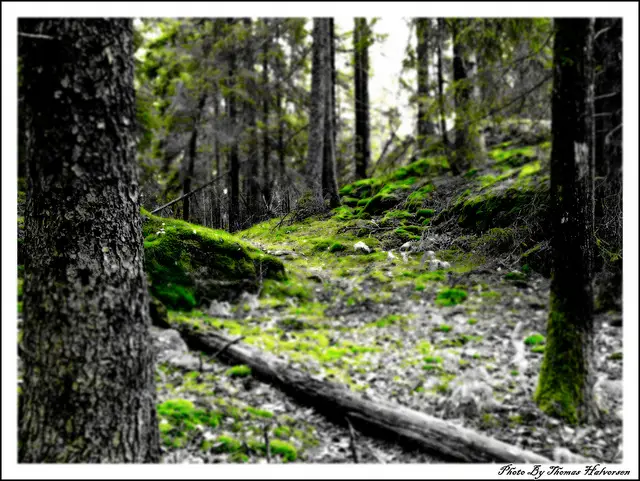This is the final post in the area of gear for folks new to hiking. We’ve pretty much looked at most of the core essentials you need when getting started. Everything from hiking pants to hiking boots, from rain gear to day packs which we looked at last time out.
Today I want to take a look at some hiking accessories you may need for your first hiking trips out on the trail. Now, I want to reiterate this again lest there be any confusion as to the message of this series of posts for beginners on the area of hiking gear.
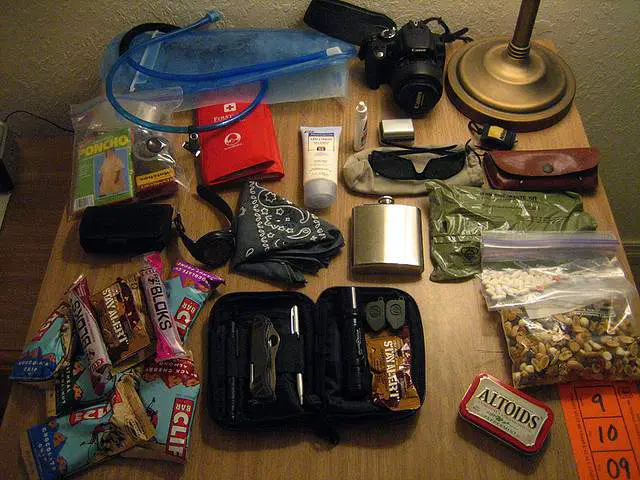
Photo Credit: Perfect Zero
The main thing I want to do with these posts is to point out the pieces of gear that you should have when you first head out on the trail. Now, hiking gear can be very expensive so when you’re just getting started, I think it’s fine to improvise with some kit you probably already have to save you having to have a big splurge in the shops from day one.
However, the main background context for all this is that your first hikes are:
- Short hikes on very clearly marked trails
- Made on a day and time of the year when the weather is good
- When the temperature is favorable, warm and pleasant
- You use these workarounds only for a few hikes at most before getting the proper gear
So with that in mind, lets move into the wonderful world of hiking accessories.
Hiking Accessories
Wow, where do I start! There are so many accessories and hiking gadgets that you can have for the trail that it’s difficult to know where to begin. From a hydration bladder to a good knife, from a GPS to trekking poles, there is a lot of great kit you can get to enhance your hiking experience.
However, in keeping with the thread of this series of posts I want to point out a few key ones for when you’re just getting started.
Hiking Hat
The background context to these posts is, as you know, starting out hiking at a favorable time of year when the weather is good. However, even in good weather, it’s a good idea to have a hat.
A hiking hat serves all manner of purposes. From protecting you from the heat and UV rays of the sun, to keeping your head warm when it gets chillier. There are all sorts of hiking hats available which you can take advantage of. Personally I use a sun hat or a baseball cap in Summer and a hiking beanie, see two of my beanies below, for colder weather.
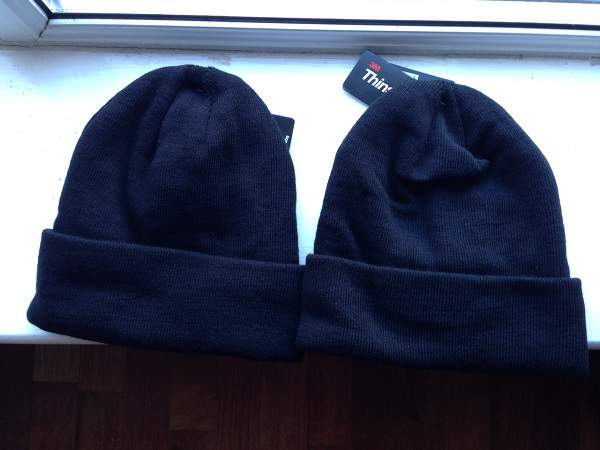
There are other options too, like buffs and so on but generally speaking I stick with those hats most of the year round. In all likelihood, you already have a suitable hat to protect your head while out on your first few hikes so you shouldn’t need to get a hiking specific one right from the get go.
For Summer, a sun hat or baseball cap is how I roll 😉 so I recommend those if they suit the climate you’re hiking in. If you do want to get a hiking specific hat, check out the post on how to buy a hiking hat. It goes through a lot of different hat options and will give you some ideas if you are ready to purchase one.
Gloves
Now, if it’s a warmer time of the year, as I suggest for your first hikes, you may not need these. However, if it is a bit cooler or just a colder day, gloves are a good idea if not a necessity. For Winter I wear ski gloves and the rest of the year I have slim hiking gloves that enable me to use my fingers and operate my mobile phone. They are also purpose made functionally to help keep more heat in.
Again, you probably have something lying about the house that you can use when you first start out so again, you should be good to go with a workaround pair until you’re ready to purchase a hiking specific pair.
Sunglasses
I will do a post soon on the best sun glasses for the trail but when looking at them they fall into 4 categories, 1 to 4. Each level provides more protection than the lower one so 4 provides the most and 1 provides the least. Note I am saying protection in terms of that when you’re out on the trail you’re usually much more exposed and so in direct sunlight much more than you normally would be.
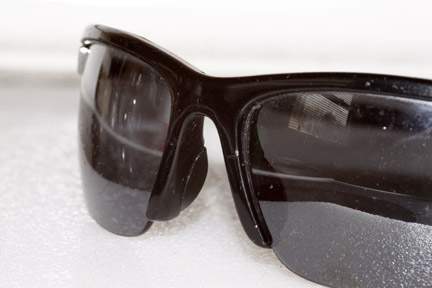
Photo Credit: Jen Durfey
Category 1 would be more for normal use whereas category 4 are for very high altitude snowy mountains where snow blindness from UV rays reflecting off the snow is a real hazard and very dangerous for your eyes. I needed category 4 sunglasses for my Mont Blanc climb for that very reason.
However, when you’re just starting out, any pair of decent sunglasses should do the trick. If you have sport / outdoor ones all the better but normal day-to-day ones will be fine for your first hikes out. I should add that sunglasses aren’t a necessity but can be nice to have a on a really bright and sunny day.
Trekking Poles
Now, you probably won’t have these when you first start hiking but trekking poles are a great investment if you choose to pursue hiking on an ongoing basis.
In the interim, you could opt to use a walking staff or stick if you normally use one. Not ideal for open mountain walking but should be fine on a well marked trail or path.
Water Bottles / Hydration Pack
It is very unlikely that if you’re new to hiking you will have a hydration bladder lying about unless you have one from other outdoor activities. It is even more unlikely that you will have a hydration pack compatible day pack to put said bladder in. However, I want to mention this as the way to go if you get more into hiking. It’s by far the best way to carry your drinking water in my opinion.
Pictured is the Platypus Big Lip Hydration Reservoir, the one I use. Click on the picture to learn more.
When you start, any water bottle will do, one from the store is just fine. You can get reusable hiking water bottles in any outdoor shop or online too. They’re cheap enough and I have several which I use in conjunction with my hydration bladder.
Hiking Socks
I think it’s a really good idea to get a good pair of hiking socks when you start out hiking, they’re not that expensive and they really make your feet that bit more comfortable and will keep your feet that bit warmer.
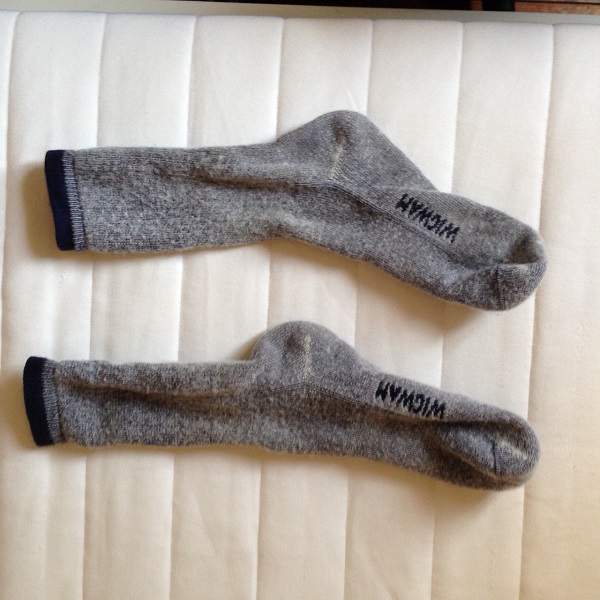
You can read the hiking sock buying guide here. If you don’t want to purchase just yet, choose a thick, warm and comfortable pair. Look for socks made from wool or synthetic material. They’re the best materials for wicking moisture away from your feet, and your feet will of course be more sweaty as you’re going to sweat more as you hike.
Sunscreen
Technically, not really a gear item but I am adding sunscreen in as it is one that is so easily overlooked and where you can easily pay the price for neglecting if you don’t respect the sun.
I have done so myself many times 🙂 As I am recommending you do your first hikes in fairer weather and ideally in Summer, I wanted to add this one in at the end!
Summary
So, that’s it on the hiking gear front for this hiking for beginners series. As you can see, if you’ve read every post, there is a fair bit of kit you need to get and we’ve only really touched on the basics in this series.
I think it’s fine to use some normal day-to-day kit for your first few hikes as long as they’re in a relatively benign environment with clearly marked trails and paths. However, you need to use your judgement in that regard. Some things, you just won’t get away with.
If you’re planning to head out to a National Park and walk some of the marked trails close to where you park up, you just might get away with wearing your sneakers on a good summers day. If however, you think heading up into open mountain in them is a good idea, you’re way off the mark.
Common sense is always critical when you’re in the great outdoors. If you’re unsure, ask an experienced hiker or someone who knows the area well. There will be a wealth of information on your chosen hiking area available online too no doubt.
Keep yourself close enough to your base camp or car so should something happen and you get drenched in a downpour, you won’t have too far to travel to get back to the safety of your car. It’s a good idea to keep some dry clothes in your car too, just in case.
Conclusion
I stress again, that this is only for when you’re getting started. If you find you like hiking, I recommend you start buying all the appropriate gear as soon as possible starting with a good pair of hiking boots and a decent rain jacket. For an extensive list of all the gear you will need, check out the complete day hiking checklist.
If you’re just starting out hiking, I hope you’re finding these posts informative and useful. Please share them around on your networks and if you’ve any questions on anything please leave a comment below.
Next up, we’ll look at some key hiking supplies you should take with you on your initial hikes when you’re just getting started.
If you’re coming straight to this post, you can go right back to start of this whole series for beginners by clicking here.
